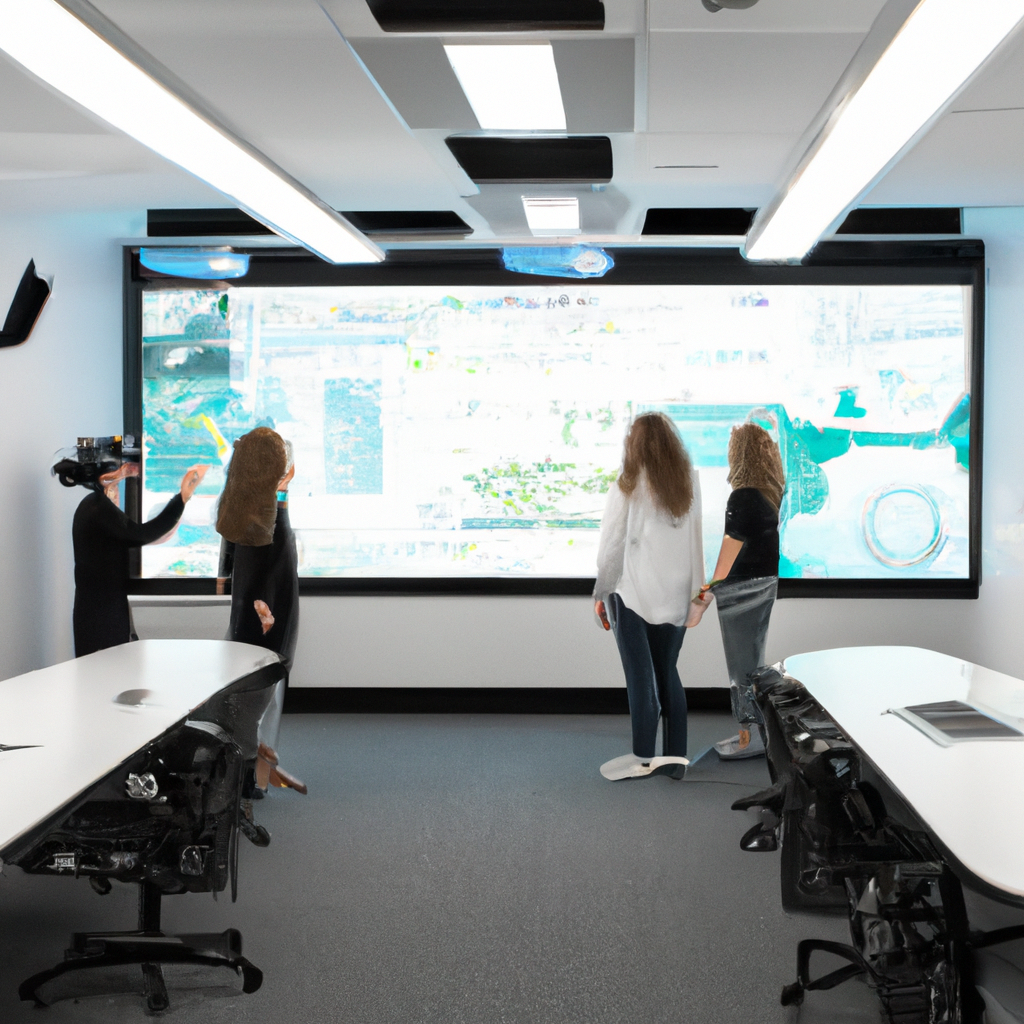Unlocking Productivity: Harnessing Cognitive Tools for Enhanced Learning in 2025
As we navigate deeper into the 21st century, the landscape of learning and productivity is continually evolving. With the advent of advanced cognitive tools and technologies, individuals and organizations are finding new ways to enhance learning outcomes and boost productivity. This blog post explores the key trends and tools that are shaping the future of learning and productivity in 2025.
Understanding Cognitive Enhancement Tools
Cognitive enhancement tools are designed to improve mental processes such as memory, attention, and reasoning. These tools range from software applications that promote brain training to wearable devices that monitor brain waves to optimize mental performance. In 2025, these technologies have become more sophisticated, providing personalized insights and recommendations that cater to the unique cognitive profiles of users.
Integrating Artificial Intelligence in Learning
Artificial Intelligence (AI) has revolutionized the way we learn by providing customized learning experiences. AI-driven platforms can analyze a user’s learning habits and adapt the content accordingly, making learning more efficient and effective. Additionally, AI tutors and virtual assistants are now more interactive, capable of addressing complex queries and providing detailed explanations.
Collaborative Learning Environments
Collaborative learning has gained traction as a powerful method for enhancing knowledge retention and engagement. In 2025, virtual reality (VR) and augmented reality (AR) tools are increasingly used to create immersive learning environments where participants can interact with each other and the learning material in real-time, regardless of their physical location.
Enhancing Productivity with Smart Workspaces
Smart workspaces use IoT (Internet of Things) technology to create environments that are conducive to productivity. These workspaces are equipped with sensors and devices that optimize lighting, temperature, and even noise levels, based on the preferences of the occupants. Furthermore, smart workspaces facilitate seamless collaboration through high-tech conferencing tools and synchronized work platforms.
Conclusion
The integration of cognitive tools and technologies in learning and productivity spheres is not just a trend but a necessity in 2025. By embracing these advancements, individuals and organizations can significantly enhance their efficiency and effectiveness, paving the way for a more knowledgeable and productive future.






